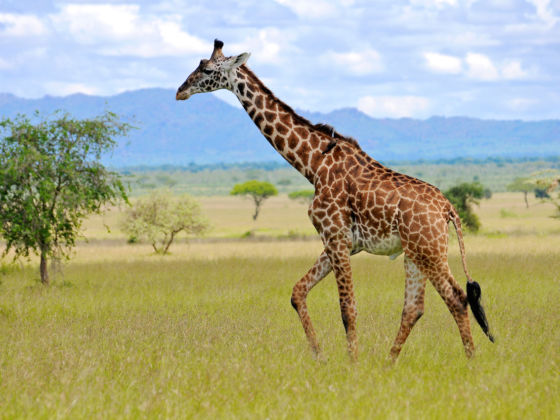The world’s tallest land mammal might be facing extinction. In December of last year, the Kordofan and Nubian giraffe subspecies were added to the “critically endangered” list for the first time, according to a report by the International Union for Conservation of Nature (IUCN). Now, another of the nine giraffe subspecies in existence are being classified as “endangered.” Masai giraffes, one of the largest remaining subspecies of the animal, are in serious trouble. Their numbers have dropped from 71,000 to 35,000 in the last 30 years.


Giraffes Are Facing Extinction With yet Another Subspecies Declared Endangered
According to Adam Peyman, wildlife programs and operations manager for Humane Society International, “Masai giraffes have long had a robust wild population. An endangered assessment is an eye opener that signals the critical need for giraffe protections.”
And like most problems facing our natural world, humans are at the root of it all. In addition to illegal hunting and civil unrest in parts of the African continent, loss of habitat is one of the biggest threats to the species.
Around two to 10 percent of the giraffe population in Kenya and Tanzania is poached from Serengeti National Park each year, due to the lucrative market for giraffe body parts. According to the IUCN Red List, Masai giraffes are poached for their hides, bones, and tail hairs. Some people even believe that giraffe bone marrow and brains can be used to cure HIV/AIDS.
This article was updated on July 16, 2019.